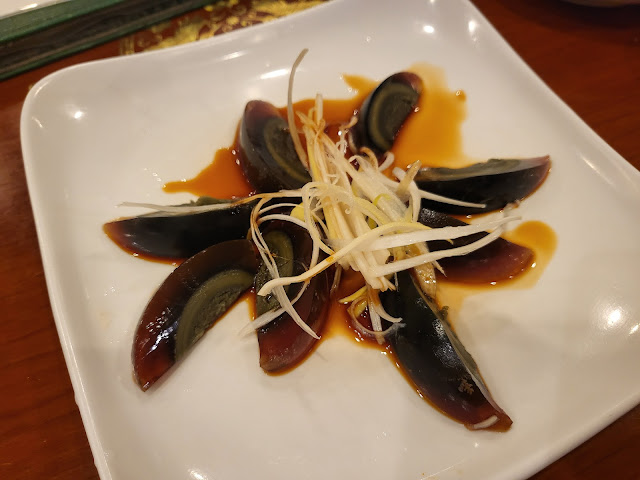Where rivers flowed
Greater Tokyo has roughly the population of Canada (40 million). Given the city's density, what makes it so livable? This is the purpose of my 12-hour flight.
I wonder if part of the answer might be found in studying the evolution of the rivers and canals that have been filled in or covered up here. They are known as ankyo ("dark canal") streets, and the ones I have visited this week have an uncanny way of making neighborhoods feel intimate, vital, and dare I say hopeful. My interest in this subject was sparked by a 2020 blog post authored by an architect named Hiroyuki Niino. The photo above was taken by Toru Hanai of Bloomberg.
When Western writers come to Tokyo, they tend to describe the city in terms of its shimmering high-rise commercial buildings and most tourist-trod areas. It's like trying to describe Paris via the experience of visiting the Eiffel Tower and the Moulin Rouge.
The idea that Tokyo is a city of flashy chaos is an enduring canard. The genial neighborhoods of East Tokyo that I've been visiting this week have 18,000 people crammed into every square kilometer. But this part of the city is more Mayberry than Madison Avenue. Often the only sound you hear is the sweeping of a broom, the ticking of a bicycle freewheel.
One of the most frustrating things about Japan is that you generally can't find cafes and restaurants with outdoor seating. Sidewalk benches are nearly nonexistent.
In Europe, medium to small streets are places to hang out. Here, they are places to "keep it moving." The cops here are wary of communal gatherings, and precinct captains are clinically afraid of being blamed for accidents. "What if a car jumps the curb and wipes out 11 people drinking lattes? We can't have that. Besides, I could lose my job."
Ankyo streets are providing some gentle pushback, and it's not something anyone could predict. It just ... happens. People are surprising. Here's "Snake Street."
I am told that water still flows under it. Why not? After heavy rains, people report hearing gushing sounds in the former watercourses. The river god is alive.
Below, single-family residences and low-rise condos line Snake Street. It's what, 12 feet wide? Hypothetically possible for cars, I guess. Unthinkable for two-way traffic. In other words ... close to heaven. Especially if you have kids.
I like Niino's reference to "mamachari" (mother's bike). It reminds me of the Dutch omafiets ("grandma's bike," simple step-through single speeds ridden by men and women). Being able to conduct all my affairs like the gal below is my holy grail.
There is nothing special about these rivers-turned-streets as such. Tokyo is rife with similar alleyways. Every time I see a twisty one I wonder, "Is this an old river?" The nub is that in a city as lightly zoned as this one (you can basically do whatever you want with your property), nobody really knew what would happen when Tokyo started covering its rivers and canals.
Old wood-block prints show that Tokyo was once Venice. But many, many brooks and canals have been lost in the name of progress. This process accelerated in preparation for the 1964 Olympics as the city underwent a number of ill-considered infrastructure (mostly sewerage) projects that it now regrets.
It sucks, but the point is that the citizens of Tokyo, not City Hall, decided how these bike and pedestrian promenades would evolve. I am not done with this topic, lol, but realize I am occasionally verbose and will pick it up later.








Comments
Post a Comment